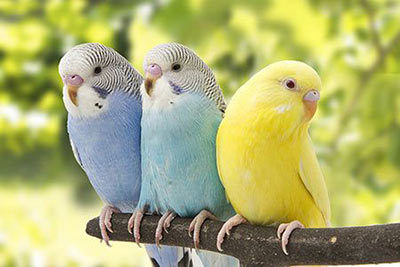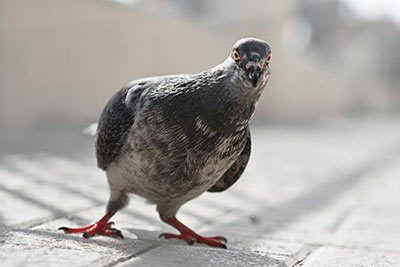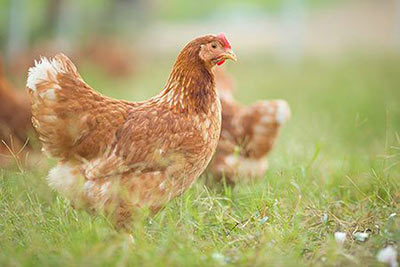Bald Eagle
Bald Eagle Facts
| Size | 27.5-40 in (70-102 cm) |
| Speed | Up to 40 mph (64 km/h); 99 mph (160 km/h) (nosedive) |
| Weight | 5.5-14 lb (2.5–6.3 kg) |
| Lifespan | 15-30 years |
| Food | Salmon, rabbits, squirrels, birds |
| Predators | Hawks, raccoons |
| Habitat | North America |
| Order | Accipitrids |
| Family | Accipitridae |
| Scientific name | Haliaeetus leucocephalus |
| Characteristics | Long, yellow, curved bill |
Main Characteristics
Bald eagles are large birds of prey with a distinctive appearance: their beak and feet are yellow, their head is white, and the rest of the plumage is brown.

Behavior
Hunting Strategies
Fishing rod? Fishing net? The skilled bird of prey does not need any of this. It has a far better tool: its talons. They are sharp as razor blades and can catch any slippery fish. If the eagle detects a fish in the water, it attacks it with a nosedive and grabs it with its feet. With its tasty prey the eagle flies to its nest for a delicious meal. The bald eagle is so strong that it even can carry a young deer through the air.

Senses and Abilities
Strength
If the talon of an eagle hits you, the impact is said to be twice as strong as that of a rifle bullet. Impressive!
Sense of Vision
It is a huge compliment if somebody tells you that you have got eagle’s eyes, because bald eagles have extremely good eyesight – four to seven times better than humans. Yet, they cannot move their eyes so that they have to turn their entire head to see what is going on around them.
Swimming
Bald Eagles can swim. This looks rather funny, because they put their huge wings (wingspan up to 8 feet (2.44 meters) over their head before diving in – this may strongly remind you of the “butterfly” swim style.

Reproduction
Nests Building
Bald eagles build huge nests, preferably in very high places such as the tops of trees. But if there is no suitable spot available they also build nests on the ground for their offspring. Bald eagles use the same nest every year and add more and more branches, grass, moss and feathers. In the course of time the nests become so large that they might suffer damage because the branches crack under the weight. This means, the eagles have to start all over again ...
The Largest and Heaviest
The largest nest of an Bald eagle measured 8.2 feet (2.5 meters) in diameter, was 13.1 feet (4 meters) deep and weighed more than one ton (as much as a small car). Yet, the orange-footed scrubfowl holds the record for the largest nest: 164 feet (50 meters) (!) wide and 14.7 feet (4.5 meters) high!
Monogamous Birds
If two bald eagles fall in love with each other they stay together for the rest of their lives. A love dance in the air helps them to find the right partner: They lock their talons, freely fall and separate just before hitting the ground (quite clever!).

- Watch Now on animalfunfacts.net:
 All About Animal Senses
All About Animal Senses


















